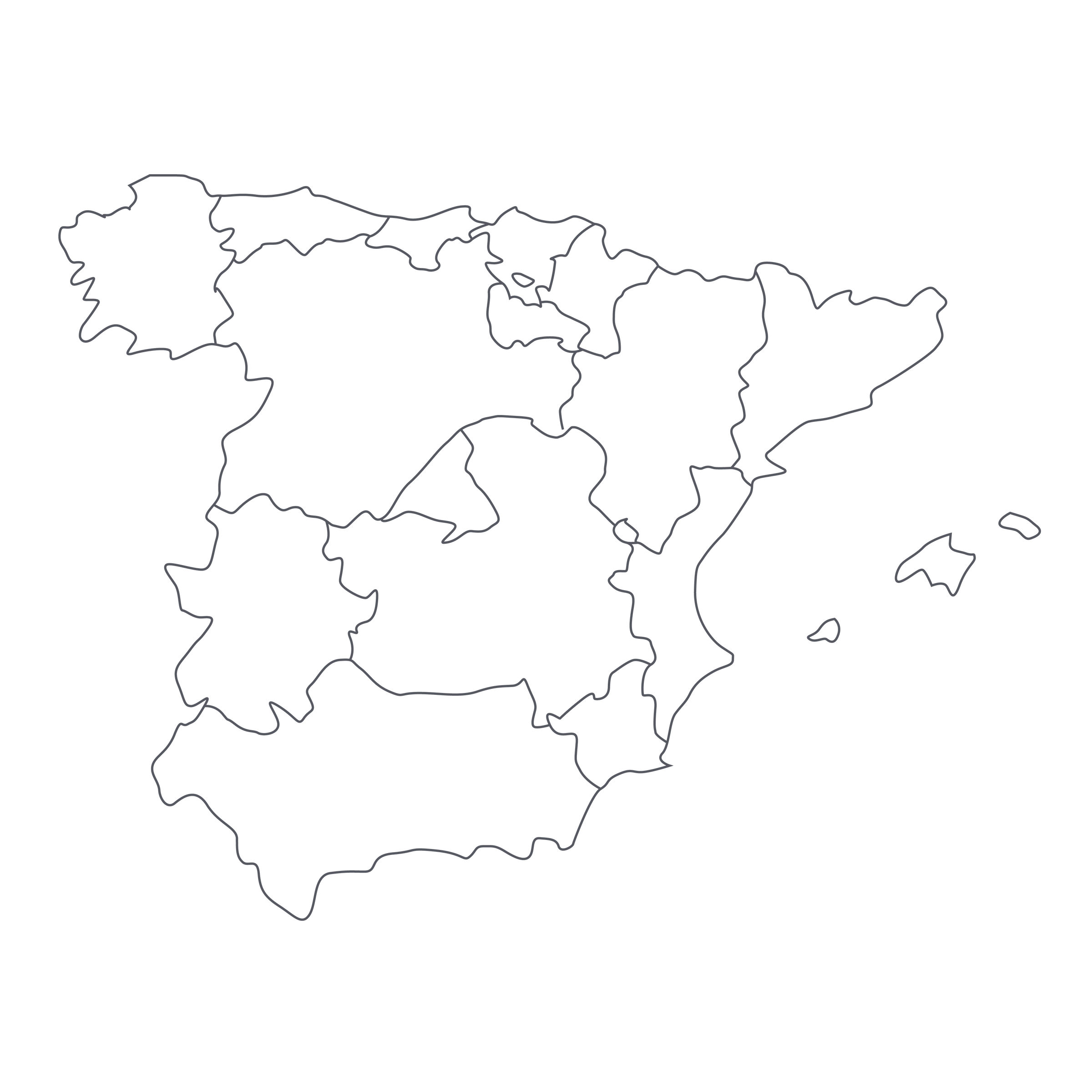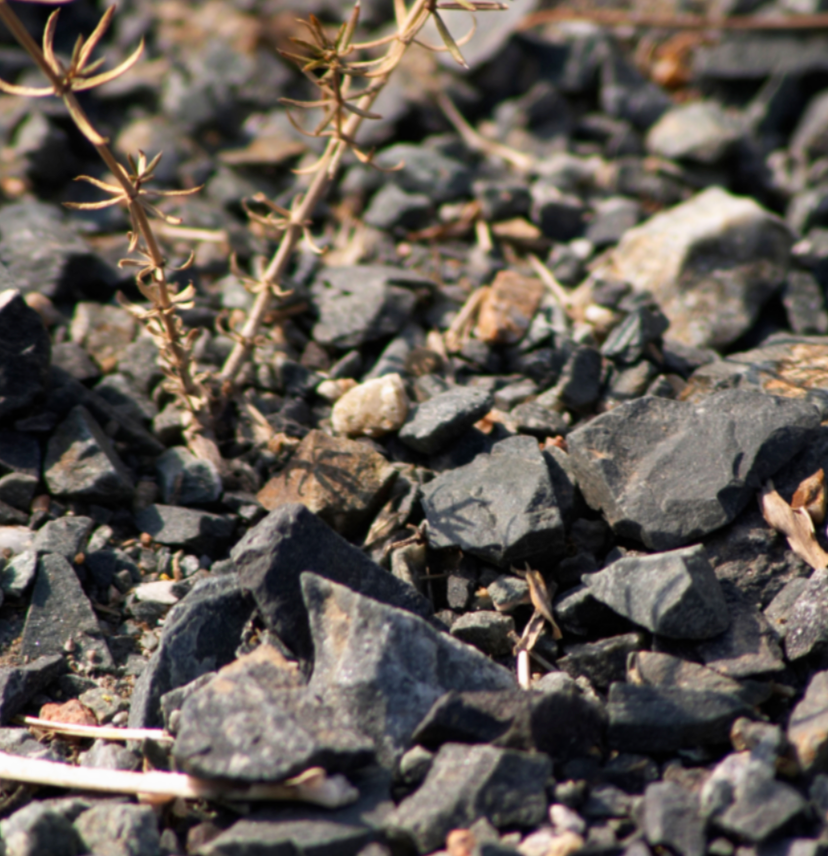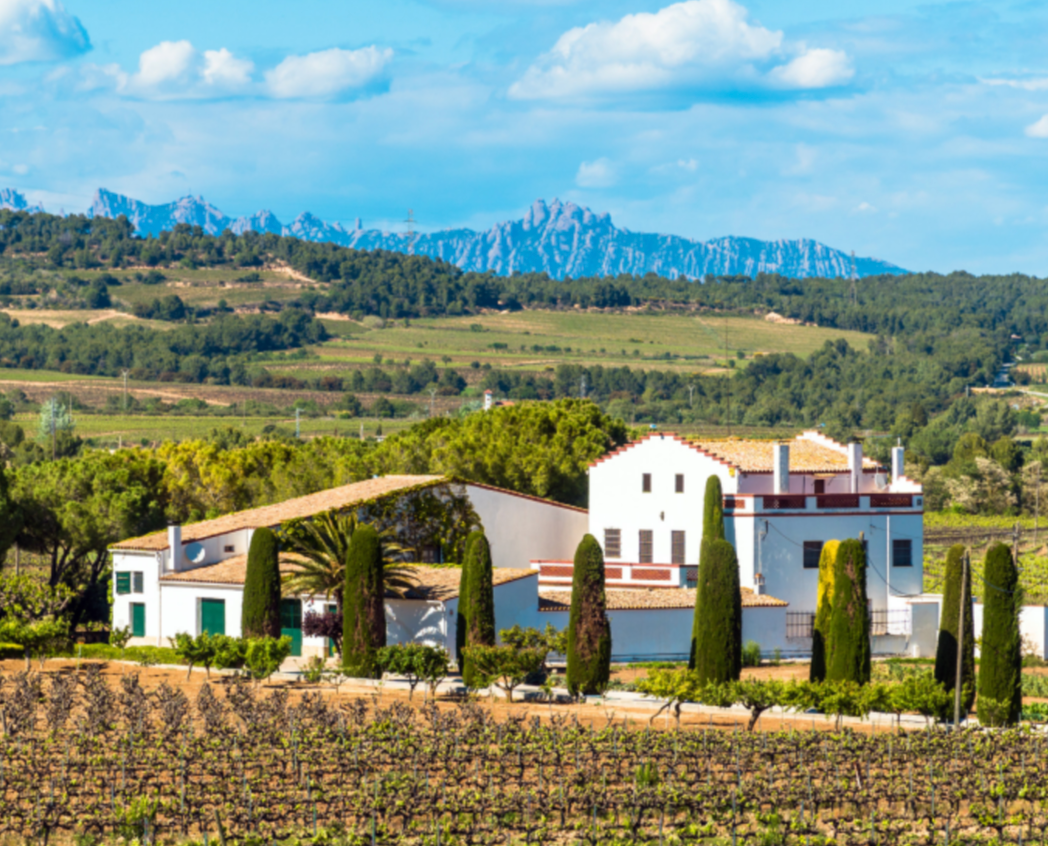At SommSelect, we jump at every opportunity to share our adoration of Luis Rodriguez’ wines. If you have never tasted them, please trust that Luis is bottling some of the most exciting and nuanced wines in Europe. A unique combination of timing, coincidence, and blind luck came together to make this offer one of the most exciting opportunities we will present this year. All we ask is that you set aside any reservations about Spain’s ability to produce reds that stand shoulder-to-shoulder with the greatest wines in France.
Sommeliers and collectors—especially Burgundy and Northern Rhône enthusiasts—pursue Luis Rodriguez’ wines with a determination that renders them virtually non-existent in the US. A few hundred bottles of each cuvée arrive in New York and California each year, and then they disappear immediately into dark cellars, never to be seen again. We are always honored to offer these wines—and our customers reliably gobble up every last bottle we make available—but this offer is especially exciting. This is the first time we’ve acquired enough of Luis’ top wine, “Escolma,” to offer on SommSelect, and we are sweetening the deal with the best pricing you will find anywhere (this wine is usually much pricier). In short, this is an extraordinary wine at a once-per-lifetime price—don’t miss out!
As I’ve said before, my early years in the wine world coincided with the “dark ages” of Spanish wine in the US. In the early 2000s, many wines from Spain were “modernizing.” They were often flat, dark purple, and dripping with oak and alcohol while possessing little true “terroir” character. Fortunately, the last decade has seen a renaissance for esoteric and truly regional Spanish wines, and particularly those from the northwest region of Galicia. The cool, Atlantic climate is ideal for producing wines of great balance and mineral purity. It’s a short list, but the very best of these wines combine the finesse of Burgundy, the and the brooding depth of the northern Rhône—all tied together with an electricity and aromatic palate that is uniquely Spanish.
At the top of my list are the inimitable wines of Luis Rodriguez. Luis farms just 5 hectares spread across some 100 parcels in the rural Galician village of Arnoia. These “micro parcels” hug the granite hillside at 300-1,000 feet elevation and offer a diverse mosaic of soil characteristics and aromatics, all of which are brilliantly delineated in the estate’s final cuvées. After studying viticulture and enology at the esteemed University of Madrid, Luis worked and traveled extensively across the great appellations of Europe before bottling his first vintage in 1988. Almost three decades later, Luis' “one man show” has earned a singular status in the region.
Luis’ 2011 Ribeiro “Escolma,” represents the pinnacle of this estate and region. It’s not a stretch to say this bottle is among (if not THE) most celebrated red wines in the entire northwest corner of Spain. In cool vintages, warm vintages, and even “off” vintages, this wine always delivers the fireworks in its youth while packing the structure and depth to evolve and improve with extended cellar aging. Escolma is from Luis’ oldest and lowest-yielding vines, which cling to his village’s steep granite hillsides. After fermentation in a small collection of older and new 300-liter French oak barrels, “Escolma” is bottled with no filtering or fining. Bottles rest for three years prior to release.
The 2011 Ribeiro “Escolma” shines in the glass with a very dark ruby core with brilliant light purple and magenta hues—it appears vivid and alive. This energy is echoed on the palate with a dense and rich texture, mouthwatering freshness and a palpable electricity. As always with Luis’ wines, the aromatics are brilliant: dried strawberries, red currants, black cherry, dried and fresh wild flowers, smoke, cedar, wild mushrooms, wet stone, graphite, exotic spices, a hint of dried meat…the list goes on. Every time I put my nose in the glass something else emerges, which happens often when you taste the top wines of the world. This wine reminds me of serious top cru Chambolle-Musigny blended with a small amount of aged Côte Rôtie. It’s a stunning wine that goes toe-to-toe with wines many times the cost.
I suggest enjoying this wine two ways. First, grab a few bottles and stash them away in your cellar. Luis’ wines are famous for improving for decades and the 2011 vintage, with it’s pronounced minerality and freshness, is certainly built for the cellar. As the wine matures over the next 4-5 years, its tannins will melt away and the brilliant fruit character of today will evolve into the savory and magical black truffle/mushroom/dried flower territory collectors seek and seldom find in truly world-class red wines. The second and equally thrilling option is to drink this wine immediately; it is magical at the moment. Its Burgundian qualities make it a wonderful companion for this
recipe for roasted chicken with root vegetables and wild mushrooms, although it is big enough to stand up to beef or lamb. I recommend decanting for 20-30 minutes and serving just above cellar temp (~60F) in Burgundy stems. Please take care that the wine does not rise too warm towards room temperature (~72-75F) or the wine's aromatic finesse could be disrupted. You can put the decanter directly in the refrigerator for 15 minutes or so before dinner if needed.





